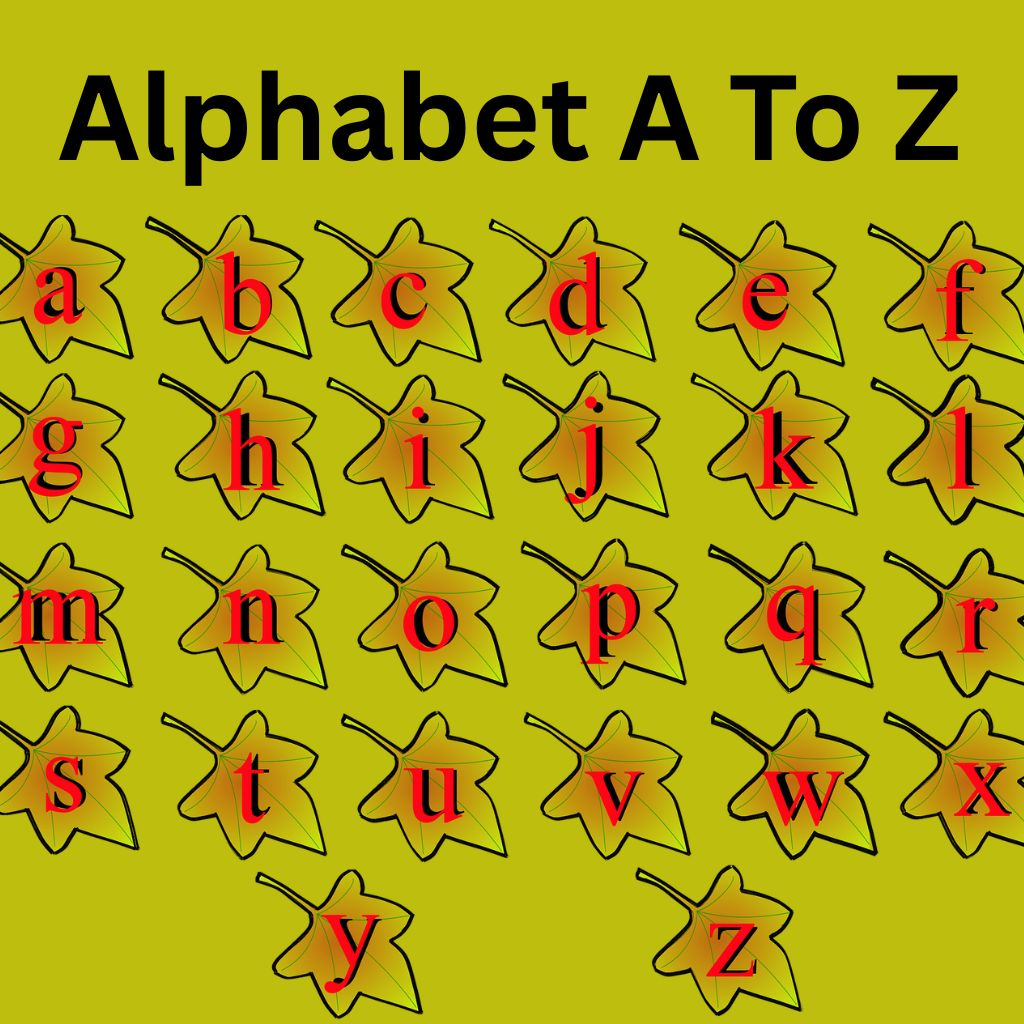
Welcome back to our June series: the digital marketing alphabet from A to Z, your go-to alphabet digital marketing dictionary for learning the key terms that define how we connect, engage, and grow in the digital world.
In this section of our series, we examine letters O through T a robust set of strategies at the center of every intelligent campaign. From the increasing power of organic reach to the accuracy of targeting, these ideas are foundational on all large digital advertising platforms.
O – Organic Reach: The Unpaid Goldmine
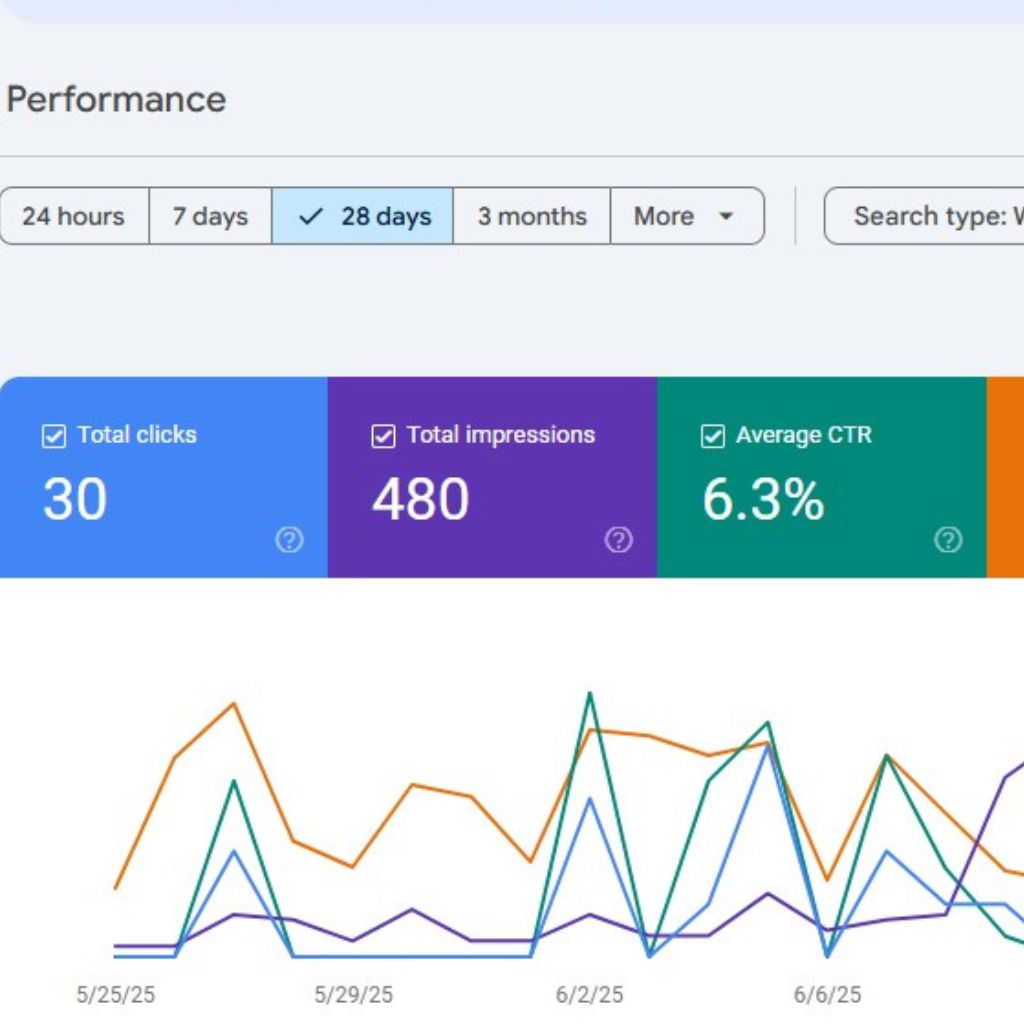
Organic reach is the amount of people who organically view your content without promoting it. It occurs through search visibility, social shares, and direct traffic. It’s an indicator of how well your content performs at reaching and engaging with audiences on its own.
The Evolution of Organic Reach
In the early 2000s, organic reach was simple. Content found their way to audiences with ease. But as algorithms advanced and competition increased on sites such as Facebook, Instagram, and Google, organic visibility became a challenge.
Currently, organic reach is mostly considered a prize for good writing of content, relevance, and regular engagement with their audience.
Best Practices
- Design high-quality, fresh content
- Optimize for social media and search engine sharing
- Regularly engage with your audience
- Emphasize value-centric messaging
P – PPC (Pay-Per-Click): The driving force behind paid advertising
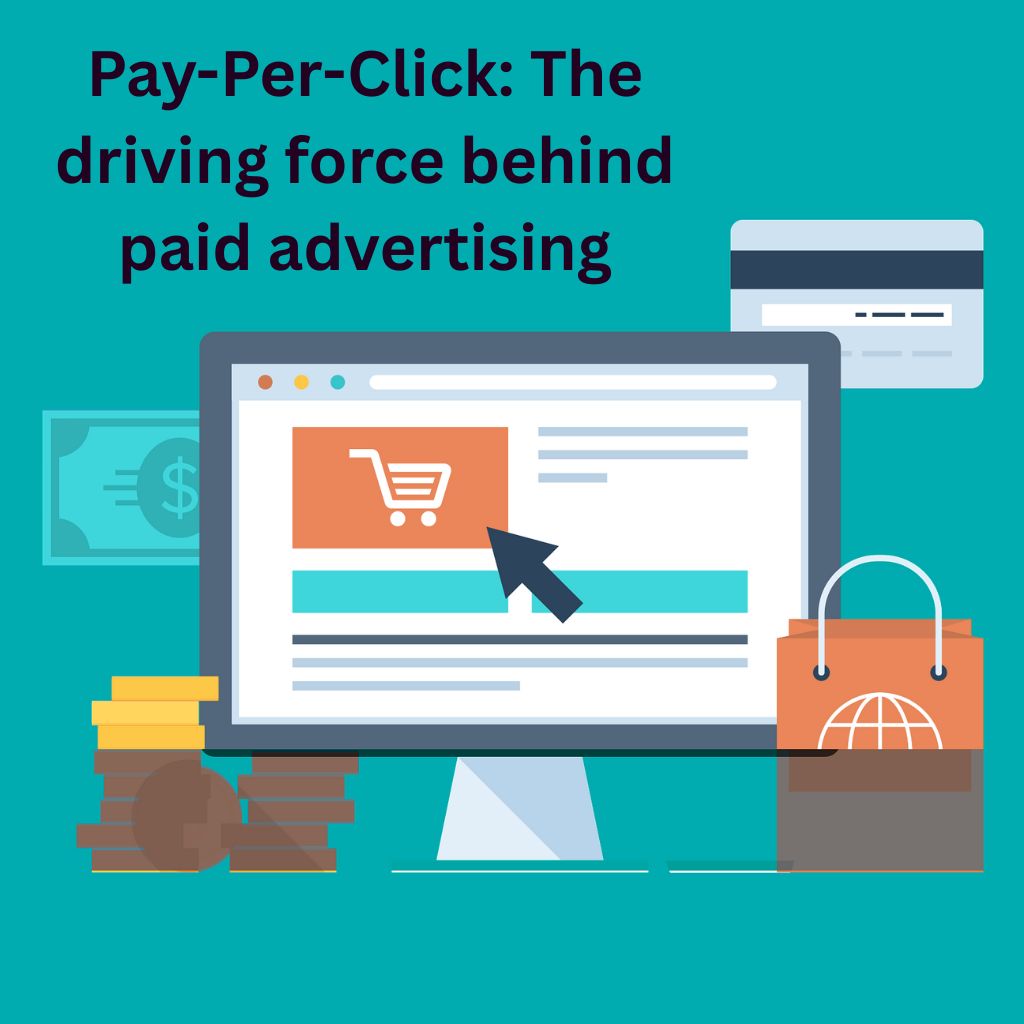
PPC is anad model where you only pay when someone clicks on your ad. It provides instant visibility and is very measurable, hence a favorite among companies seeking quick wins on platforms such as Google Ads, Meta, and LinkedIn.
A Quick Look Back
PPC started with Google AdWords in 2000. It enabled even small companies to compete by bidding for search terms. It later developed over time with better targeting, machine learning, and data-driven optimization.
Where PPC Is Used
- Google and Bing Search
- Facebook, Instagram, and LinkedIn Ads
- YouTube and Amazon advertising
Best Practices
- Use A/B testing for visuals, copy, and calls to action
- Set clear conversion goals
- Target based on behavior, intent, and location
- Keep an eye on cost-per-click (CPC), click-through rate (CTR), and return on ad spend (ROAS)
Q – Quality Score: Relevancy Rating
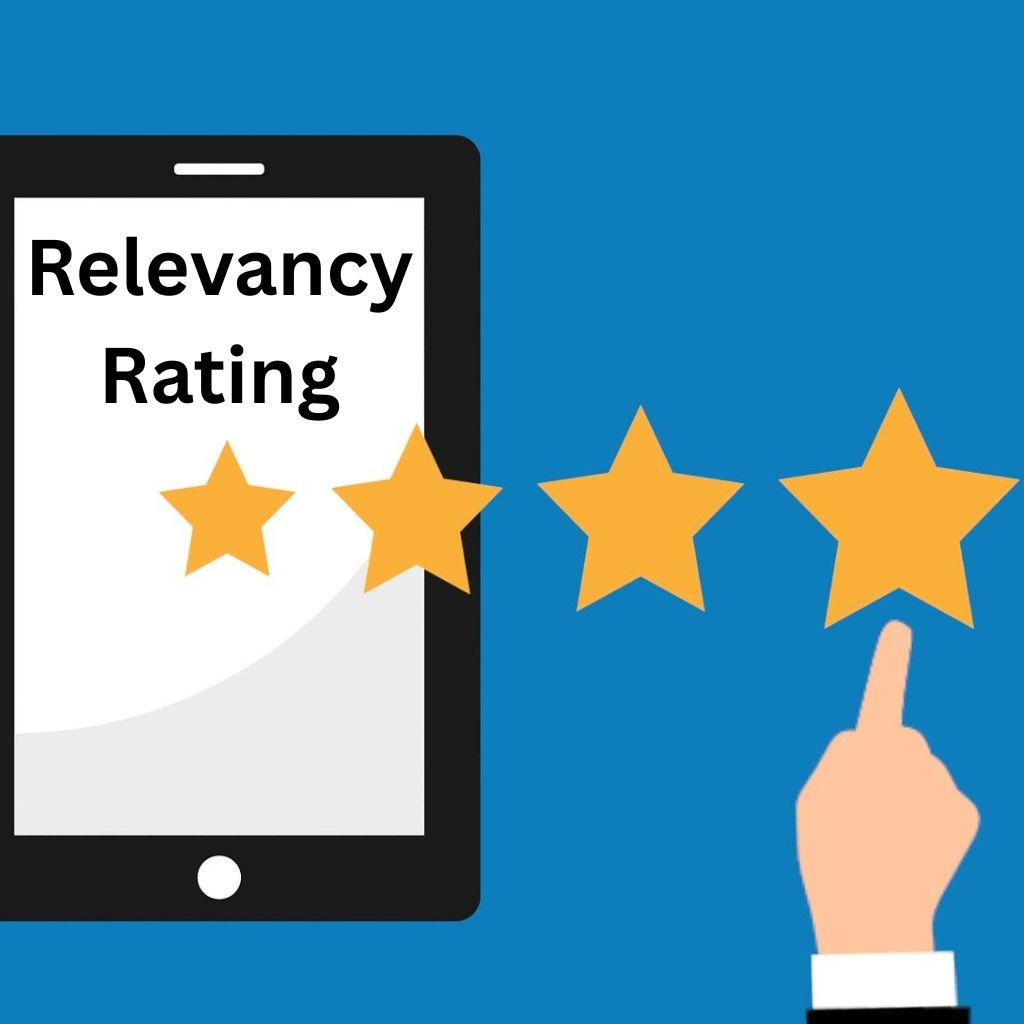
Quality Score is Google Ads’ (on a 1-10 scale) measure that assesses relevance of your keywords, ads, and landing pages to the user’s intent. The greater the score, the lower your ad costs and greater visibility can be.
Why It Matters
Launched to promote user-friendly ad experiences, Quality Score levels the playing field. Smaller advertisers with good relevance can beat larger competitors with poor ads.
What Affects Quality Score
- Predicted click-through rate
- Ad copy relevance to keywords
- Landing page quality
Best Practices
- Match keywords to ad text and landing content
- Make landing pages fast, easy to navigate
- Utilize specific ad extensions to add value
- Enhance CTR with solid, relevant headlines
R – Retargeting: Bringing Visitors Back
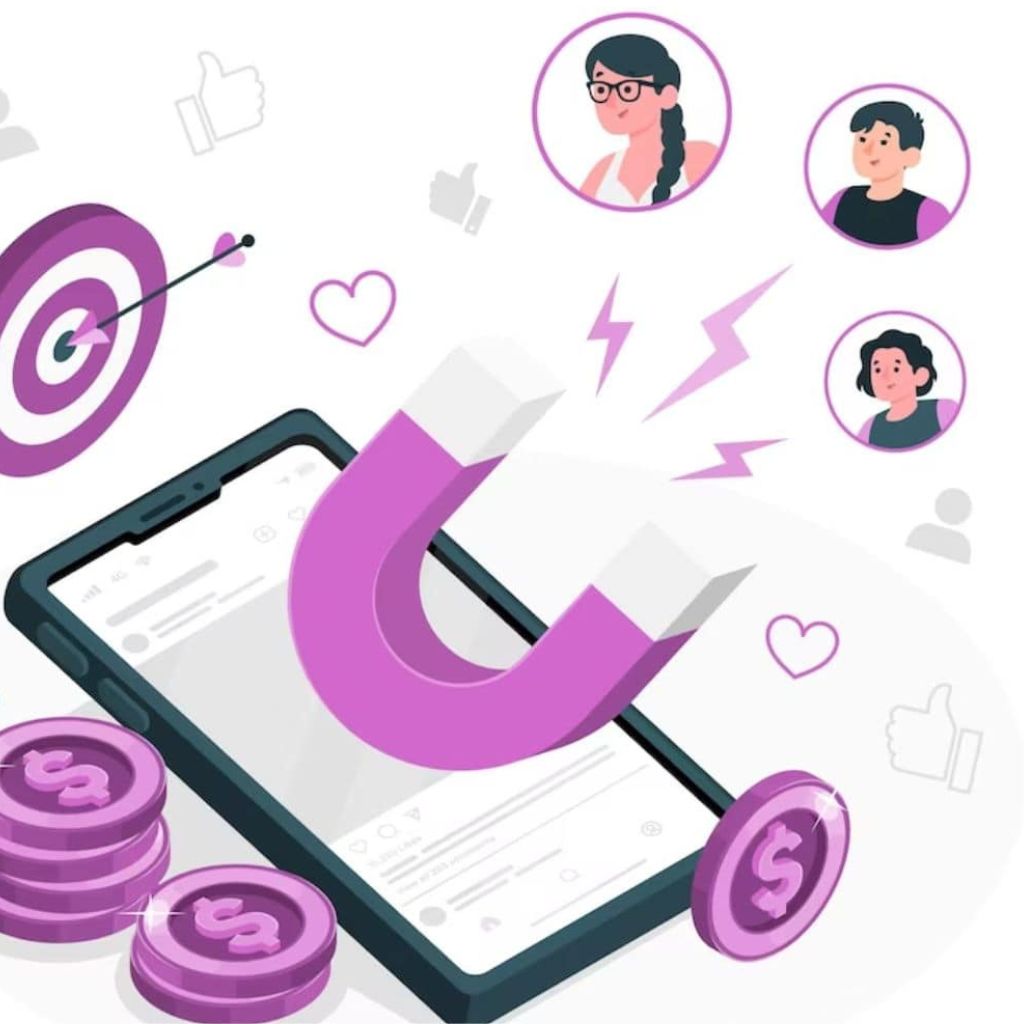
Retargeting (or remarketing) is a method of re-engaging visitors who came to your site but did not convert. It’s among the most affordable methods for generating return traffic and optimizing conversion rates.
How It Works
With tools such as Facebook Pixel or Google Remarketing, marketers can display targeted ads based on user activity such as products viewed or pages visited.
Common Uses
- Triggering users on abandoned shopping cart items
- Providing time-sensitive discounts
- Reminding users of brand awareness
Best Practices
- Segment audiences by behavior (e.g., product viewed vs. abandoned cart)
- Keep ad frequency low to prevent annoying users
- Make your message and offer more personalized
- Have accurate tracking tags on your website
S – SEO (Search Engine Optimization): The Long-Term Traffic Driver
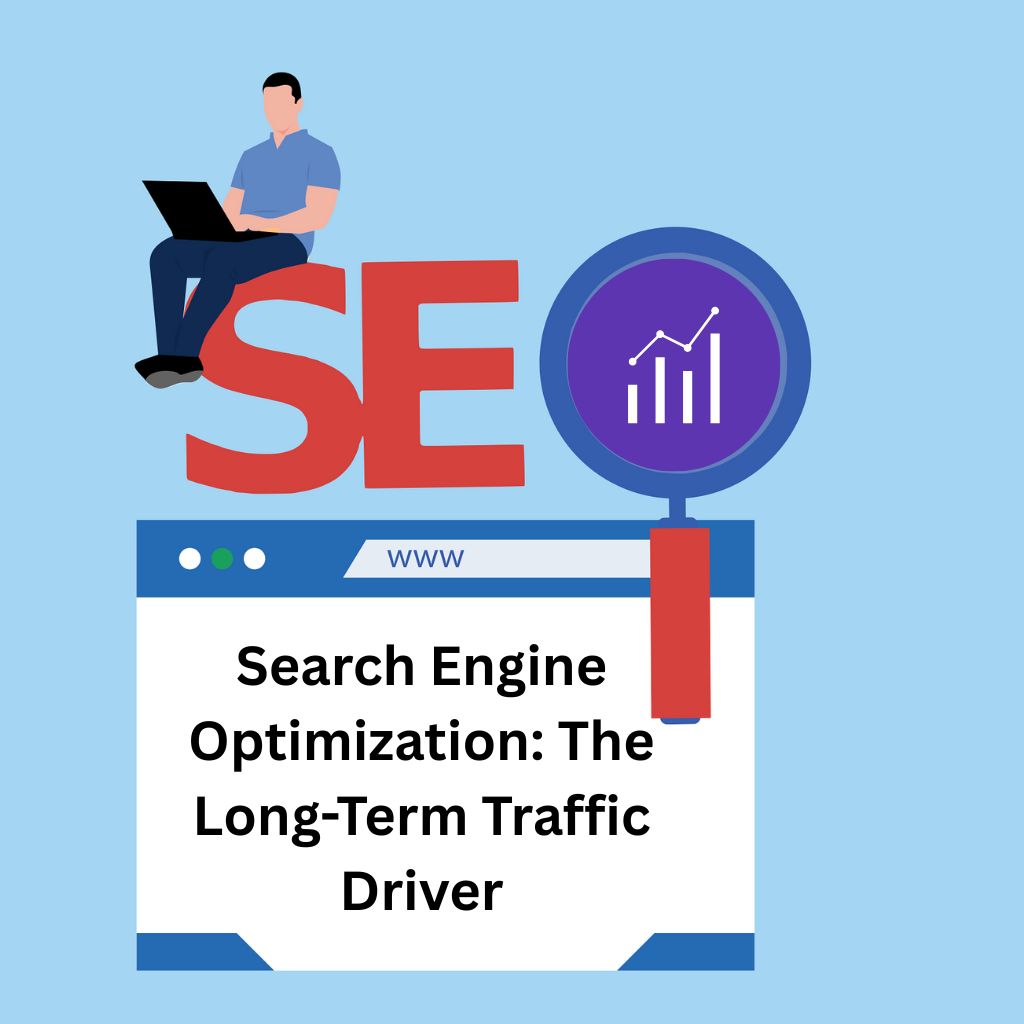
SEO is optimizing your website to rank higher in free search results. It involves keyword research, technical optimization, link-building, and content optimization.
Understanding the SEO Meaning
The SEO definition has changed over time. It is no longer merely keyword stuffing. SEO these days is all about relevance, authority, and user experience.
Why SEO is Important in Digital Marketing Platforms?
- Drives consistent, long-term traffic
- Establishes credibility and trust
- Sustains user-friendly site performance
- Helps decrease dependence on paid advertising
Best Practices
- Utilize keywords related to search intent
- Create good content writing that resolves actual issues
- Optimize page speed and mobile responsiveness
- Organize your site with transparent headers and internal links
- Establish backlinks from credible sources
T – Targeting: Reaching the Right People with the Right Message

Targeting is the act of choosing a particular audience to target your marketing efforts. Depending on behavior, demographics, or interests, targeting makes the message appropriate.
How Targeting Has Changed in Digital Marketing?
What began as general demographic filters has become focused, data-driven approaches utilizing cookies, device data, user behavior, and real-time signals. On contemporary digital marketing platforms, targeting can even be hyper-specific.
Types of Targeting
- Demographic: occupation, gender, age
- Geographic: region, country, city
- Behavioral: past purchases, online behavior
- Lookalike Audiences: users similar to current customers
- Contextual: ads matching applicable content
Best Practices
- Create rich buyer personas
- Utilize platform data to hone targeting
- Test continually and optimize based on performance
- Adhere to data privacy laws such as GDPR and CCPA
Wrapping Up: From Optimization to Opportunity
From Organic Reach to Targeting, this chapter of the alphabet digital marketing dictionary mirrors the changing landscape of online business. Whether you’re crafting search-optimized blog posts, optimizing ad campaigns, or optimizing website speed, each letter makes your marketing strategy more transparent.
Focus on the basics, stay consistent, and adapt as platforms and algorithms change. Digital success is built on understanding both people and performance.
Coming Next: U to Z – The Final Chapter
In the last part of our series, we’ll cover the final stretch of essential marketing terms from U to Z wrapping up the tools, tactics, and terms that define modern marketing.


wqzxxlhsqwsjouzfqrjlouvmqnjdwf
CreatBot D600 Pro 2 Industrial 3D Printer is a state-of-the-art industrial 3D printer designed for businesses requiring precision, dependability, and flexibility in 3D printing devices. As part of the D600 lineup, it incorporates a spacious build volume, advanced dual extrusion technology, and high-performance features suitable for industrial-scale applications and complex materials.
Overview of the CreatBot D600 Series
The CreatBot D600 Series and D600 Pro models establish new standards for large format 3D printer solutions. With a build volume of 600 ? 600 ? 600 mm, these professional large format 3D printers cater to a broad spectrum of industrial 3D printing demands, from big model prototyping to end-use production. The D600 pro series and the latest D600 Pro2 HS introduce further improvements in performance and material compatibility.
Main Features and Benefits
Industrial-Grade Large Build Volume
Build volume: 600 ? 600 ? 600 mm
Ideal for large-scale 3D printer projects and industrial 3D printing
Supports technical materials and complex prototypes
Dual Extrusion and High-Heat Printing
4th generation dual 1.75mm extruders for multi-material printing
Right and left extruder design for flexible printing
Supports high performance 3D materials, including PLA filament, nylon filament, carbon-fiber, and more
Maximum nozzle temperature: up to 420°C (high temperature)
Heated build chamber for premium applications
Precision, Speed and Reliability
Professional 3d print quality with accurate layer resolution
Advanced motion system for fast printing and robust performance
Consistent print speed up to 120 mm/s
Reliable operation for continuous industrial use
Supported Materials and Filaments
Broad Filament Support
Works with a broad spectrum of filament types: PLA, ABS, PC, PETG, PVA, nylon filament, carbon-fiber, and more
Designed for engineering-grade materials and functional prototyping
Advanced dual extruder 3d printer enables multi-material and soluble support printing
Uses: Prototyping & Manufacturing
The CreatBot D600 Pro 2 model and D600 Pro 3D printer serve a diverse set of applications:
Rapid prototyping and large scale 3D printing models
Functional parts for automotive, aerospace, and engineering
Tooling, jigs, and fixtures for industrial production
Art, architecture, and creative projects requiring large industrial 3D printing
Technical Specifications
Model: CreatBot D600 Pro 2, D600 Pro, D600
Build size: 600 ? 600 ? 600 mm
Extruder: Dual extruder, 4th generation 1.75mm dual extruders and hotends
Max nozzle temperature: 420°C
Bed temperature: up to 100°C
Filament size: 1.75 mm
Layer height: 0.05 – 0.3 mm
Supported materials: PLA, ABS, PC, PETG, PVA, nylon, carbon fiber, engineering-grade materials
Print speed: up to 120 mm/s
Enclosure: Heated, for improved material properties
Interface: Touchscreen interface
File formats: STL, OBJ, AMF
Comparing D600 Models
Key Differences
D600: Entry-level industrial large scale 3d printer for basic applications
D600 Pro: Enhanced with heated chamber, auto bed leveling, and wider material support
D600 Pro 2 (pro version): Adds higher print speed, improved reliability, and HS (high speed) configuration
Additional CreatBot Printers
CreatBot D1000 for even larger build volumes
CreatBot lineup includes industrial and professional 3d printer solutions
Frequently Asked Questions (FAQ)
What materials can the CreatBot D600 Pro 2 print?
The D600 Pro 2 is compatible with a wide range of filament types including PLA, ABS, PETG, PC, nylon filament, carbon-fiber, and other engineering-grade materials.
Maximum Build Volume of D600 Pro 2
The printing volume is 600 ? 600 ? 600 mm, supporting large-scale and industrial 3d printing needs.
Does the D600 Pro 2 support dual extruder and high-temperature printing?
Yes, it is equipped with dual extruder technology and reaches up to 420°C for high-temperature printing process.
Differences Between D600 Pro 2 and D600 Pro
The Pro Version offers higher print speed, improved reliability, and the new HS (high speed) option.
Summary
The D600 Pro 2 and the D600 Pro set the benchmark in the industrial 3D printer category. With exceptional build size, robust dual extrusion system, compatibility with technical materials, and top performance across applications, they empower businesses and engineers to achieve new heights in industrial 3d printing.
professional large format 3d printer
3d printer
d600 pro series
dual extruders and hotends